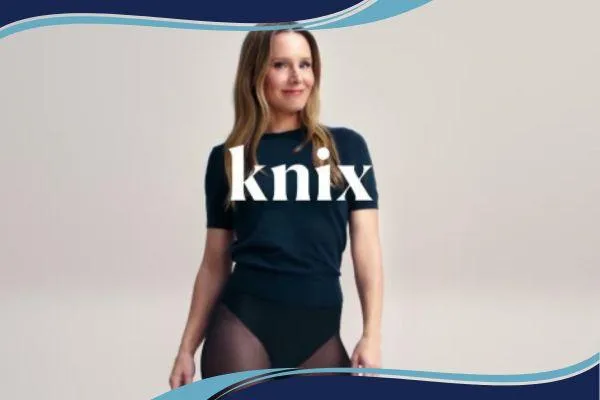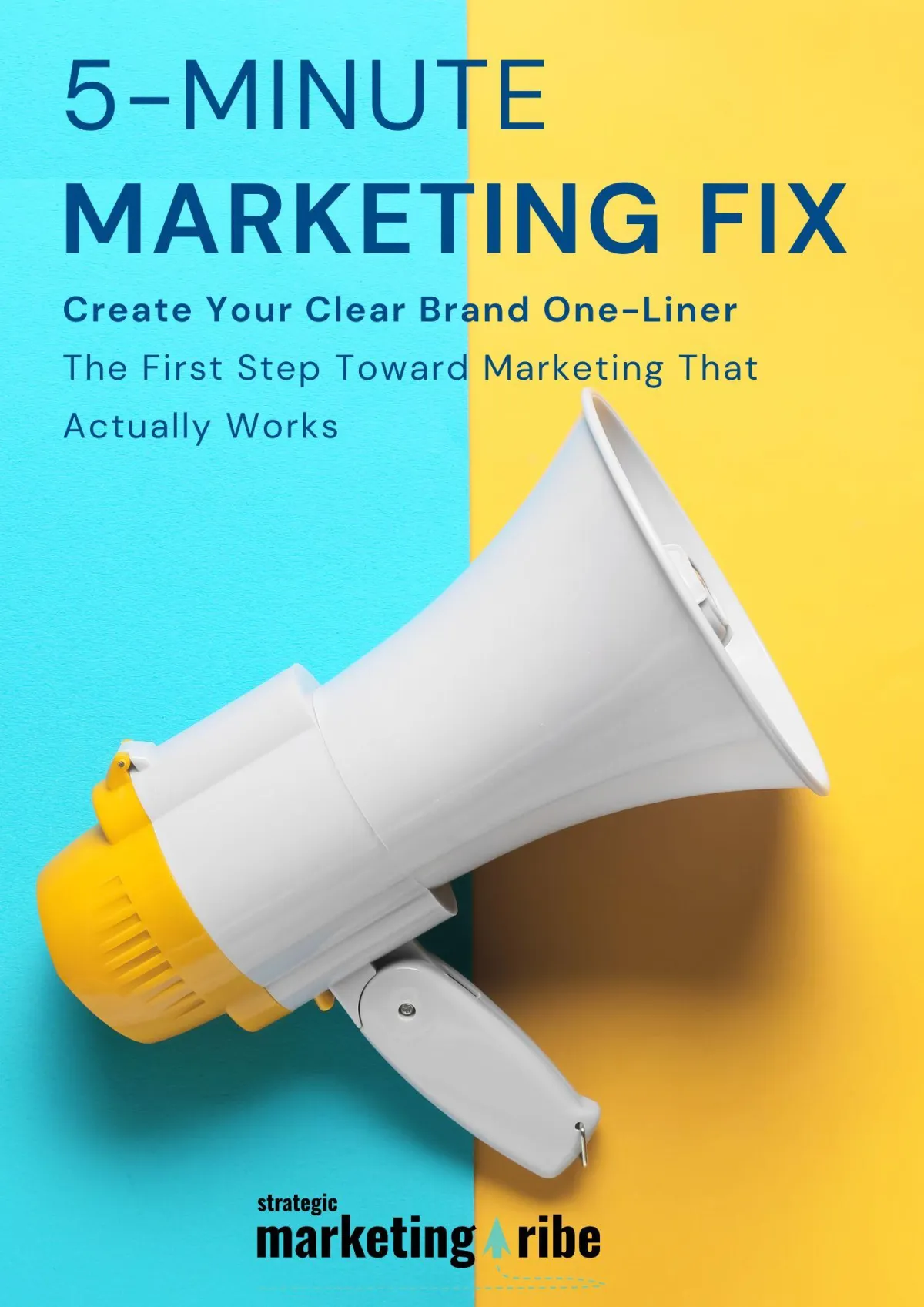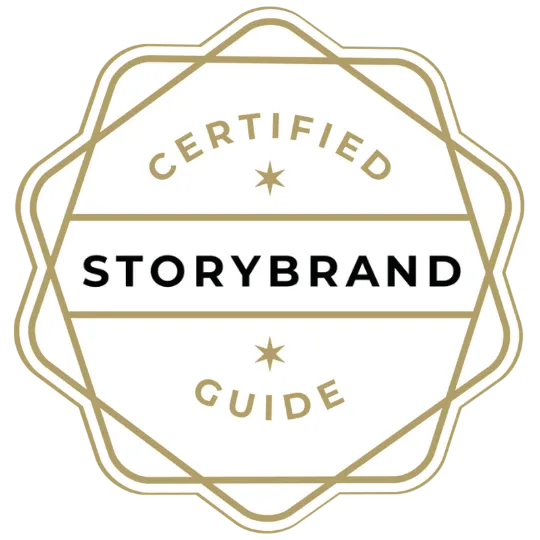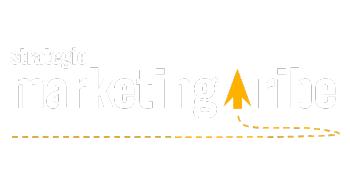NEWS, MEET STRATEGY
Real news, real insights – for small businesses who want to understand what’s happening and why it matters.

Celebrity Brand Fit—What Knix Got Right, AE Got Wrong
By Vicky Sidler | Published 26 August 2025 at 12:00 GMT+2
If you're thinking about using a public figure to promote your business, here’s the bottom line: star power won’t fix a bad story.
Just ask American Eagle. They rolled out a massive fall campaign with Sydney Sweeney—full of big visuals, big spend, and big backlash. On the flip side, Knix quietly launched a feel-good campaign with Kristen Bell that hit all the right notes.
Same strategy on paper. Completely different outcomes.
Here’s why one worked and the other didn’t—and what small business owners should take away from it, according to Marketing News Canada.
TL;DR
Knix’s Kristen Bell campaign worked because her personal values aligned with the brand
American Eagle’s Sydney Sweeney campaign misfired due to a tone-deaf tagline and unclear messaging
A celebrity’s name isn’t enough—your campaign needs a clear, culturally aware story
Product benefits should lead, not just the face behind them
Big budgets won’t save you from small mistakes
Want to sharpen your message? Download the 5-Minute Marketing Fix
Table Of Contents
Celebrity Brand Fit—What Knix Got Right, AE Got Wrong
Knix and Kristen Bell—A Campaign That Felt Like It Meant Something:
American Eagle and Sydney Sweeney—A Campaign That Made Noise, Not Sense:
What Small Businesses Should Learn From Both:
1. A Famous Face Can’t Fix a Fuzzy Message:
2. Values Are the Real Fit Test:
3. The Product Should Lead, Not Hide:
4. Controversy Doesn’t Equal Connection:
Thinking About a Campaign This Season?
What I Tell Clients All the Time:
1. American Eagle Ad Backlash—Marketing Lessons You Can’t Ignore
2. Vogue's AI Model Ad Sparked Backlash Over Beauty Standards
3. Advertise Your Business on $500—Here’s What Works
Frequently Asked Questions (FAQs)
What is “celebrity brand fit” and why does it matter?
Why did the Knix × Kristen Bell campaign succeed?
What went wrong with American Eagle’s Sydney Sweeney campaign?
Can small businesses still use celebrity or influencer marketing?
Knix and Kristen Bell—A Campaign That Felt Like It Meant Something:
Canadian brand Knix built its name around functional innovation (leakproof underwear, anyone?) and real-world empathy. When they teamed up with Kristen Bell to launch the “You’re Good” campaign, the partnership didn’t feel like marketing. It felt like a message.
Bell is known for being outspoken about body image, mental health, and the messiness of real life—all things Knix actively supports in its brand voice. She didn’t just endorse the product. She reinforced the values behind it.
The campaign tagline, “You’re Good,” was gentle and personal. It positioned the brand as reassuring, not preachy. And instead of talking about Kristen Bell, the ads talked to the viewer. That’s a smart shift, especially in emotionally intelligent markets like Canada, where authenticity often outperforms polish.
Why it worked:
Clear alignment: Bell and Knix both care about self-acceptance, honesty, and practical comfort. It showed.
Message first, celebrity second: The underwear was the hero. Bell was the relatable guide (à la StoryBrand).
Emotional clarity: The whole thing felt calm, confident, and human. No gimmicks. No confusion.
American Eagle and Sydney Sweeney—A Campaign That Made Noise, Not Sense:
American Eagle’s campaign was the opposite. It had all the glitz—3D billboards in Times Square, visuals on the Las Vegas Sphere, Snapchat filters—but very little substance.
The campaign’s core message was a pun: “Sydney Sweeney Has Great Genes.” The word “genes” was crossed out and replaced with “jeans.” Someone probably thought this was clever. But the phrase “great genes” has an ugly backstory. It’s been used to promote harmful ideas about beauty, genetics, and worthiness—especially when paired with a thin, white celebrity.
That alone might have raised eyebrows. But the real misstep? The campaign was supposed to raise money for domestic violence support. That part was barely visible. Unless you read the press release, you wouldn’t know.
Where it fell flat:
Provocative for the wrong reasons: The wordplay stirred up old beauty standards without adding anything new
The cause got buried: The jeans were designed to support a charity, but that wasn’t the story told
Flash over strategy: Massive media spend couldn’t distract from a lack of emotional connection or clarity
Short-term? It spiked traffic and trended online. Long-term? It dented brand trust.
What Small Businesses Should Learn From Both:
You don’t need to run national campaigns to learn these lessons. The same marketing rules apply whether you’re hiring a Hollywood name or working with a local influencer.
1. A Famous Face Can’t Fix a Fuzzy Message:
Sydney Sweeney’s campaign had reach. Kristen Bell’s campaign had relevance. Only one will be remembered for the right reasons.
Don’t assume a big name will make your ad more effective. If the message is confusing, the face won’t matter.
2. Values Are the Real Fit Test:
Knix’s success wasn’t about Bell’s popularity. It was about shared beliefs. Your spokesperson should make people trust your brand more—because they already believe the same things your brand does.
Don’t just ask, “Are they famous?” Ask, “Would this person actually use my product? Would they say this message in real life?”
3. The Product Should Lead, Not Hide:
In a good campaign, the product solves a problem. In a weak one, it’s just a prop. Knix showed real-world benefits. American Eagle hid the deeper story behind a joke.
If you're launching something new, start by answering this: What problem does it solve—and why should people care?
Then—and only then—bring in someone to help you say it louder.
4. Controversy Doesn’t Equal Connection:
Shock tactics are tempting. But if the campaign feels forced or insensitive, people won’t talk about the product—they’ll talk about the problem with the ad.
And once you’ve lost control of the narrative, it’s hard to get it back.
Thinking About a Campaign This Season?
If you’re in the Northern Hemisphere, you’re heading into autumn—a big retail period. If you’re in the Southern Hemisphere (hi from South Africa), you’re prepping for spring. Either way, seasonal campaigns are a great chance to build brand trust.
Here’s how to do it well:
Pick one clear message and say it simply
Focus on a problem your product solves
Choose brand ambassadors who feel like real users
Review your language through more than one lens—especially if humour or cultural references are involved
Lead with the cause, not the celebrity
What I Tell Clients All the Time:
When clients ask if they should work with a celebrity or influencer, my first question is always: “What’s your message without them?”
If the message doesn’t work on its own, no amount of celebrity sparkle will save it. And if it does work on its own, the right partner can help it travel further, faster.
But it has to feel real.
That’s why I always start with the 5-Minute Marketing Fix. It helps you craft one sharp sentence that makes everything else easier—from ad campaigns to website headlines to investor pitches.
Use that sentence as your anchor. Then build around it.
One Last (Useful) Reminder:
Knix chose shared values and emotional clarity. American Eagle chose visibility and risk.
Both got attention. Only one built trust.
So before you plan your next campaign—celebrity or not—make sure the message is simple, human, and true to what your business actually stands for.
And if you’re not sure where to begin? The 5-Minute Marketing Fix is free, fast, and will stop you from building a billboard no one understands.
Related Articles
1. American Eagle Ad Backlash—Marketing Lessons You Can’t Ignore
If you want the full backstory on the Sydney Sweeney campaign, this article breaks down exactly how the “Great Genes/Jeans” pun backfired—and why the charity message never made it to consumers.
2. Vogue's AI Model Ad Sparked Backlash Over Beauty Standards
Similar to American Eagle’s stumble, this piece explores how Guess and Vogue ran into trouble over representation and messaging. It’s a helpful comparison if you're rethinking how your brand handles tone, diversity, and authenticity.
3. Advertise Your Business on $500—Here’s What Works
You don’t need Sydney Sweeney—or Sydney Sweeney money—to run a great campaign. This article offers practical tips for small business owners who want smart, clear marketing without a celebrity or a big budget.
Frequently Asked Questions (FAQs)
What is “celebrity brand fit” and why does it matter?
Celebrity brand fit means choosing a public figure whose values, personality, and audience match your brand. When the fit is right, the message feels real and earns trust. When it's off, the campaign can feel forced—or worse, offensive.
Why did the Knix × Kristen Bell campaign succeed?
Because it felt honest. Bell’s focus on body acceptance and mental health aligned with Knix’s mission. The campaign was product-focused, emotionally warm, and clearly communicated.
What went wrong with American Eagle’s Sydney Sweeney campaign?
The pun-based message (“Great Genes/Jeans”) felt tone-deaf, especially in today’s cultural context. The real purpose—raising funds for domestic violence support—got lost under flashy visuals and unclear storytelling.
Can small businesses still use celebrity or influencer marketing?
Yes, but it works best when the influencer genuinely reflects your brand. You don’t need a celebrity—you need someone your audience trusts, who actually believes in what you offer.
What’s more important than visibility in a campaign?
Clarity. If your message isn’t easy to understand, a big-name spokesperson won’t help. In fact, it may make things worse by confusing your audience or drawing the wrong kind of attention.
What if I don’t have the budget for a celebrity?
No problem. Start with a strong message and a relatable story. This5-Minute Marketing Fix can help you create one sentence that makes everything else clearer—whether you’ve got $5,000 or $500 to spend.

Created with clarity (and coffee)







